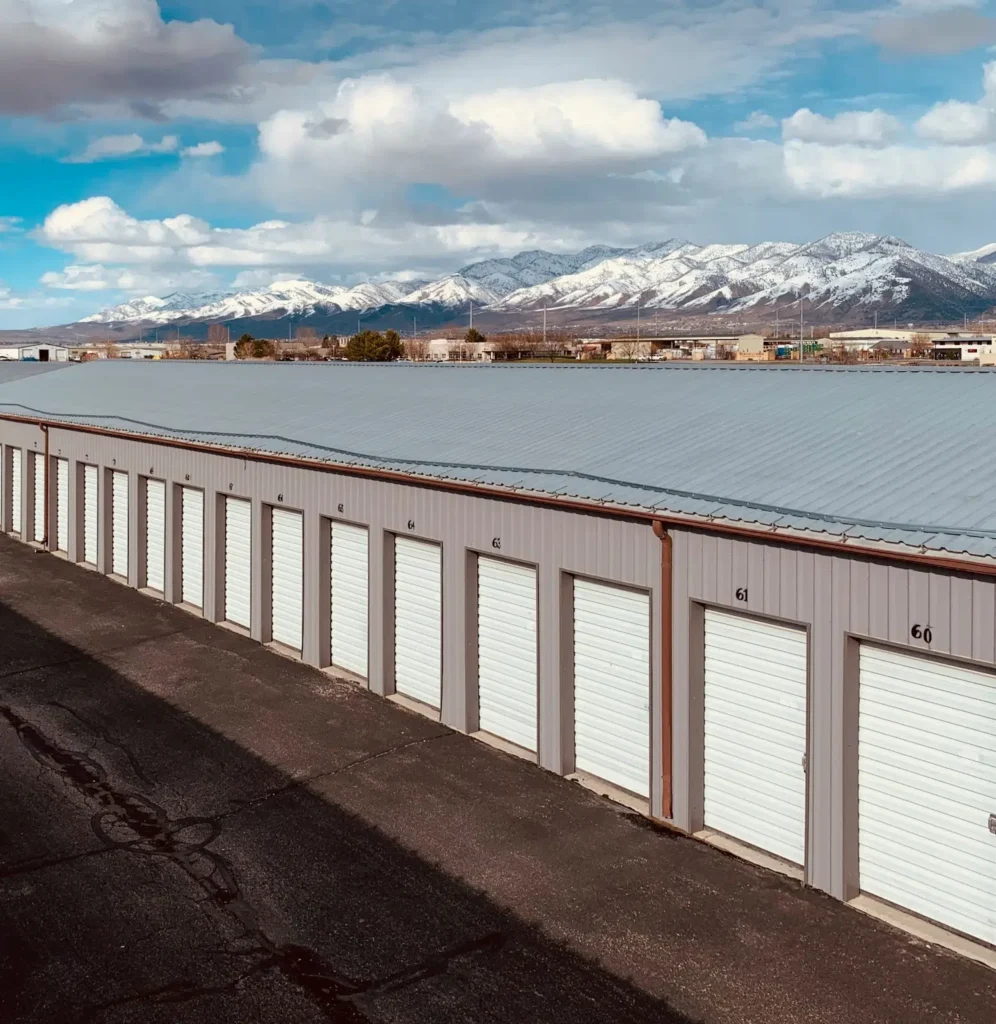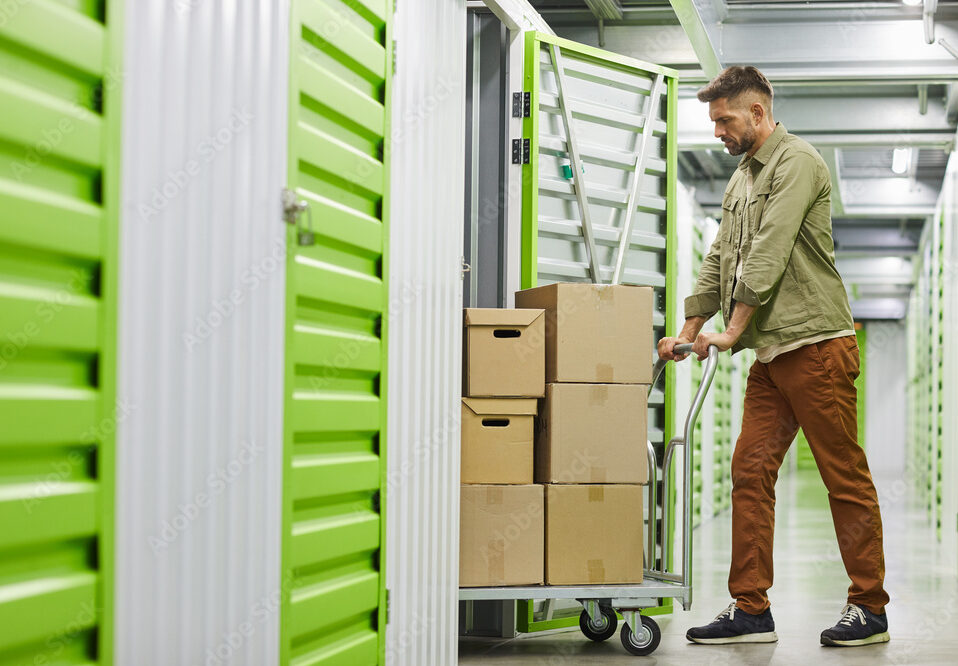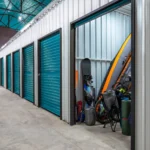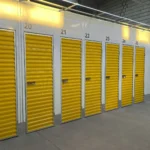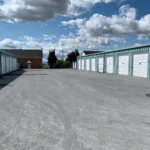The profitability of a self-storage business is influenced by various factors. Let’s explore three key factors that significantly impact the bottom line.
Did You Know?
A typical storage facility business owner might expect to earn a yearly profit of around $184,500, based on an average annual rental rate of $9 per square foot for a facility size of 50,000 square feet, with a profit margin of approximately 41%.
Location and Market Demand
Choosing the right location is critical for success in the self-storage industry. Areas with high population density, limited competition, and a strong demand for storage solutions have the potential for higher occupancy rates and increased profitability.
Conducting thorough market research and analyzing demographic data can help identify lucrative locations.
Moreover, proximity to residential areas, commercial hubs, or university campuses can also play a crucial role in determining the success of a self-storage business.
Accessibility, visibility, and ease of reach are factors that can attract potential customers and drive up occupancy rates.
Understanding the local market dynamics and consumer behavior is essential in selecting a location that aligns with the target customer base.
Operational Costs and Overheads
Managing operational costs and overheads is essential to ensure profitability. These costs include property maintenance, staff wages, utilities, marketing expenses, and property taxes. Optimizing these expenses by implementing cost-saving measures and negotiating favorable contracts can ultimately impact the business’s profitability.
Furthermore, investing in technology and automation can streamline operations, reduce labor costs, and enhance overall efficiency. Implementing energy-efficient solutions, such as LED lighting and climate control systems, can also lead to long-term cost savings and contribute to a more sustainable business model.
By regularly reviewing and adjusting operational expenses, self-storage businesses can maintain a competitive edge in the market.
Pricing Strategies and Occupancy Rates
The pricing strategy employed by a self-storage business can significantly affect its profitability. Striking the right balance between competitive pricing and maximizing revenue per square footage is crucial. Additionally, maintaining high occupancy rates by implementing effective marketing strategies and offering attractive promotions can boost profitability.
Moreover, understanding customer segmentation and tailoring pricing plans to cater to different needs and budgets can help capture a wider market share. Offering flexible rental terms, discounts for long-term commitments, and value-added services can attract and retain customers, leading to improved occupancy rates and revenue generation.
Regularly monitoring market trends and competitor pricing strategies is essential in adjusting pricing models to stay competitive and sustain profitability in the self-storage industry.

